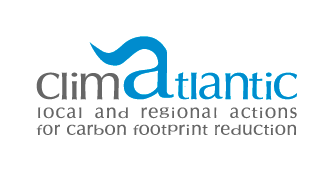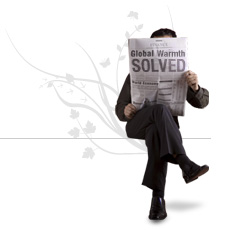NEWS & EVENTS : SOCIAL BEHAVIOUR

Urban wastewater trends moving in the right direction
08.07.2013
The latest figures for wastewater treatment in Europe show improvements in collection and treatment, even if big differences remain between Member States.
climatlantic //
Frontrunners such as Austria, Germany and the Netherlands largely meet EU minimum standards for wastewater treatment with several others being very close. Newer Member States, starting from a lower baseline, have also improved overall collection and treatment, despite lower compliance rates. This progress comes with significant EU investment support, amounting to EUR 14.3 billion between 2007-2013.
Environment Commissioner Janez PotoĨnik said: "Wastewater treatment is one of those fundamental tests for society: are we cleaning up the mess we create, or are we fouling the environment we depend upon? I am relieved to see the trends going in the right direction, and I am also happy to see that Commission action, a mix of financial support and tough legal action when necessary, has paid dividends for Europe's citizens."
The report shows that the vast majority (91 %) of the pollution load from the EU's big cities receives more stringent treatment, a considerable improvement on the situation in the previous report (77 %).
In addition, better water treatment and fewer raw sewage discharges into the environment have also undoubtedly improved bathing water quality. In the early 1990s, only around 60 % of bathing sites had excellent quality water, whereas today that figure is 78 %.
Under EU legislation agreed back in 1991, Member States are obliged to have systems for collecting urban waste water in place, and they have to ensure that water entering collection systems undergoes appropriate "secondary" treatment to remove pollutants. Wastewater entering sensitive areas (such as bathing sites or drinking water reservoirs, for example) must undergo an additional more stringent form of treatment.
The latest report covers the period 2009/2010. The main findings are:
· Collection rates were at a very high level, with 15 Member States collecting 100 % of their total polluting load. All had maintained or improved previous results, although compliance rates remained below 30 % in Bulgaria, Cyprus, Estonia, Latvia and Slovenia.
· Compliance rates for secondary treatment are 82 %, up four points since the previous report. But there were huge differences between the EU-15, where rates were in the range 90-100 %, and EU-12, where average compliance was 39 %.
· Compliance rates for more stringent treatment to combat eutrophication or reduce bacteriological pollution that could affect human health were 77 % overall. EU-12 Member States averaged only 14 %, whereas Austria, Germany, Greece, and Finland reached 100 % compliance.
· The share of EU territory designated as a sensitive area increased by two points since the previous report, reaching almost 75 %. The biggest increases took place in France and Greece.
The report shows that the vast majority (91 %) of the pollution load from the EU's big cities receives more stringent treatment, a considerable improvement on the situation in the previous report (77 %). But an annex to the report comparing the situation of 27 European capital cities adds a note of caution: only 11 of the 27 had an adequate collecting and treatment system in place – despite the fact that the standards were set more than 20 years ago.








